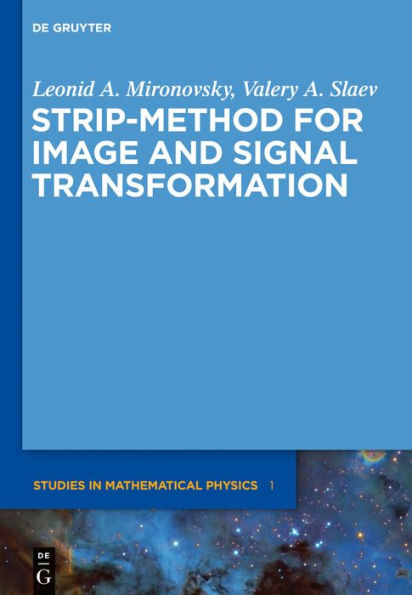5
1

Strip-Method for Image and Signal Transformation
175
Strip-Method for Image and Signal Transformation
175Hardcover
$193.99
193.99
In Stock

Product Details
| ISBN-13: | 9783110251920 |
|---|---|
| Publisher: | De Gruyter |
| Publication date: | 11/17/2011 |
| Series: | De Gruyter Studies in Mathematical Physics , #1 |
| Pages: | 175 |
| Product dimensions: | 6.69(w) x 9.45(h) x 0.02(d) |
| Age Range: | 18 Years |
About the Author
From the B&N Reads Blog
